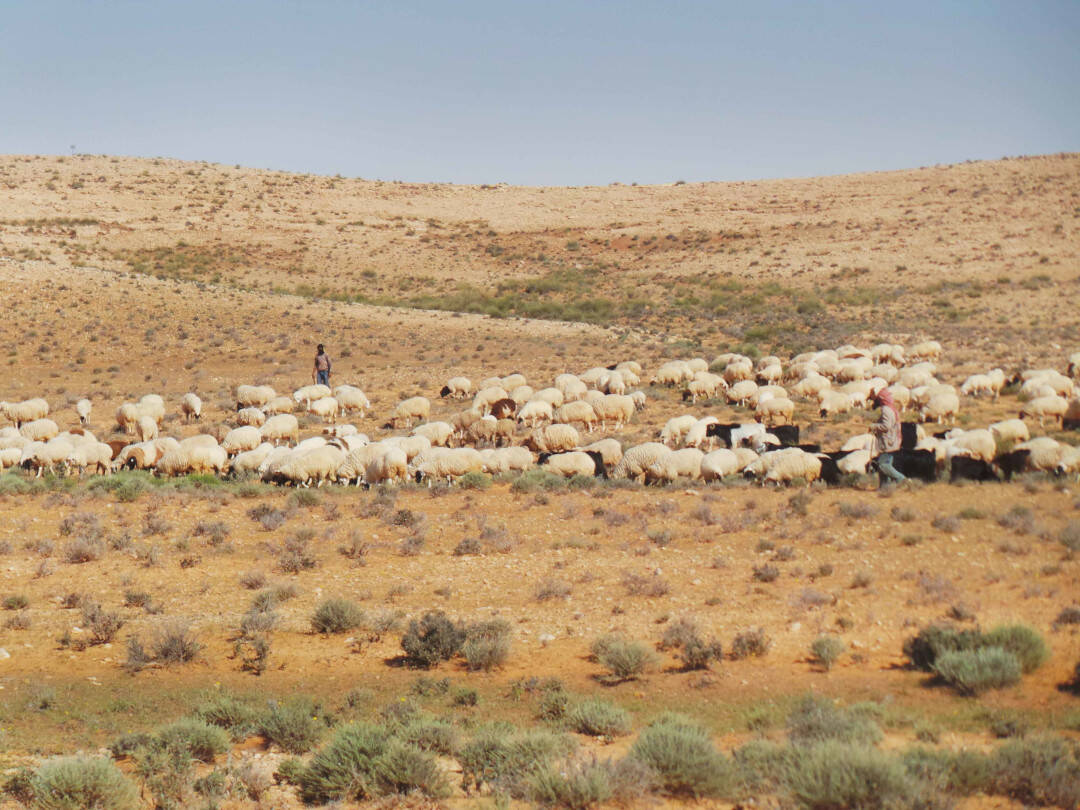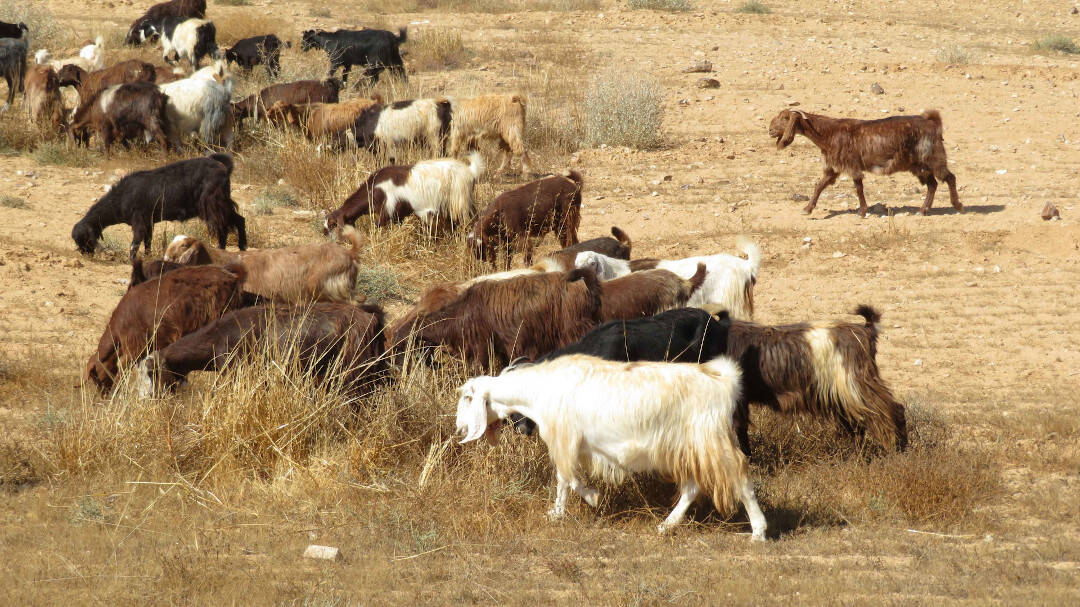Restoring rangelands: the art of flexible livestock management

ICARDA is grateful to the CGIAR's Livestock, Climate, and System Resilience Initiative (LCSR) for funding this research. ICARDA would also like to recognize its valuable partners, the Office de l'Elevage et des Pâturages (OEP) in Tunisia and the Direction Generale des Forets de Tunisie (DGF).
"Restoring rangelands in Tunisia involves much more than just planting shrubs and trees. It is about managing the frequency and duration of animal grazing on a day-to-day basis." - Dr. Mounir Louhaichi, Research Team Leader on Rangelands Ecology and Forages, ICARDA
Since 2018, Dr. Louhaichi and his team have conducted in-depth research with local partners, livestock owners, farmers, and pastoralists to boost the resilience of rangeland systems in Tunisia, technology relevant across the drylands of Central and West Asia and North Africa (CWANA).
In Tunisia, rangelands cover over 5.5 million hectares of semi-arid, arid, and desert land. Rangeland vegetation, which becomes increasingly sparse towards the drier south, has been a traditional source of livestock feed and firewood for local pastoral and agropastoral communities.

Eating up the profits
Climate change, increased livestock population, complex land tenure systems, and land fragmentation are key factors contributing to the decline of rangelands. The dismantling of Tunisia's traditional Bedouin-led grazing system, gdel or Hima, has further exacerbated the problem. Gdel is a millennia-old approach that allows designated areas of the rangeland to fall fallow while forbidding animal grazing until vegetation recovers.
Recognizing its benefits, the Office of Livestock and Pastures (OEP) in Tunisia has recommended gdel principles as part of a national strategy for rangeland improvement since the beginning of the 1990s. OEP developed a contractual agreement with livestock owners and pastoralists, stipulating that rangelands must remain fallow for three years before being reopened for grazing. When rangelands are off-limits, pastoralists are compensated with subsidized animal feeds of barley or concentrates.
However, Dr. Louhaichi explains that the grazing period immediately following fallow periods is unregulated, with animals given time and freedom to devour anything in their path.
By appointment only
According to Dr. Louhaichi, rangeland sustainability requires day-to-day management guided by precise calculations on the number of animals allowed to graze, for how long, and on which expanse of land depending on precipitation level and vegetation health.
To optimize the use of rangelands, Dr. Louhaichi invited experts and representatives from ICARDA, OEP, and Tunisia's General Directorate for Forestry (DGF); farmers; and pastoralists to a day-long workshop on June 6, 2022, where participants discussed a flexible approach to grazing management.
Groundwork
Grazing management requires knowledge of the plant growth cycle, grazable forage production, and animal nutritional requirements. Dr. Louhaichi explained the 'four cardinal rules' of adequate rangeland management, articulated around identifying 1) the type of animals, 2) the ideal season for grazing, 3) the number of animals allowed in, and 4) their proper distribution across the pasture.
Dr. Louhaichi lists three indicators to decide if a rangeland site can be opened for grazing. The first is rainfall amount and distribution, with an optimum rainy year defined by a minimum of 60-80 mm of rain, depending on the location, in September and December. The second indicator is vegetation cover, which should be visible in 40% of the potential grazing area. Thirdly, 30% of the plant species on the site should be palatable to grazing animals.

The project demonstrates that successful and sustainable rangeland management is achieved with good planning, observation, and working together. ICARDA's capacity development team ensures that rangeland management specialists across Tunisia can exchange information and develop strong monitoring skills – enabling them to act in the best interests of their own livestock and livelihoods while avoiding long-lasting damage to the rangeland ecosystem.
Relevant paper
Further reading
- Regenerative grazing for climate, ecosystem, and human health
- Sustainable Rangeland Management Toolkit for Resilient Pastoral Systems



